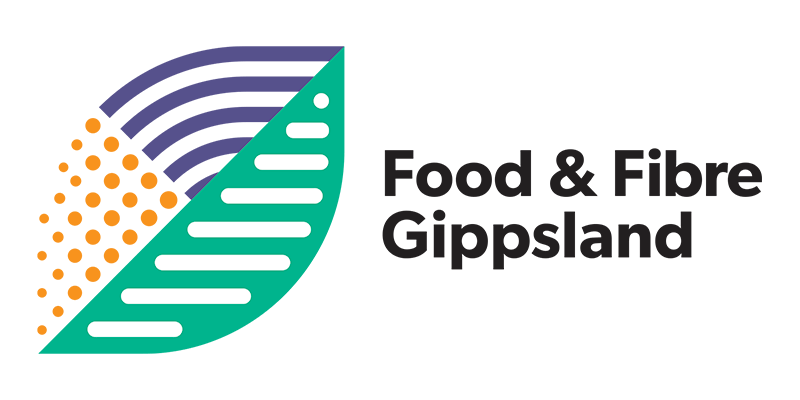Seaweed - the new protein
Although it might not be your first choice as an ingredient for dinner yet, seaweed is rapidly gaining recognition and momentum worldwide as a versatile, sustainable, and nutritious source of protein.
In addition to being a valuable source of protein for humans and animals, certain species of Australian seaweed are being investigated for their ability to remove carbon from the atmosphere and reduce methane emissions (think burps) in cattle and sheep, potentially minimising the effects of climate change.
Food & Fibre Gippsland in partnership with the Latrobe Valley Authority hosted the online “Gippsland Seaweed Symposium” in April 2021 to discuss the potential benefits of a seaweed industry for the region.
Gippsland, with over 600km of coastline and a vast network of lakes and waterways, in addition to an established aqua-culture industry, could potentially be a prime location for the development of a commercial seaweed industry in Victoria – the problem is that there’s very little information on which species of seaweed actually grow in the region, and data on the environmental conditions needed to support seaweed growth.
The F&FG Smart Specialisation team is currently busy meeting with organisations including Deakin University, Kelp Blue and Traditional Owners of the Land and Waterways to work out the next steps in this important process. In addition to investigating what species of seaweed are present and where they may be grown, F&FG are also looking into innovative new seaweed farming methods, such as growing seaweed between offshore wind turbines.
Seaweed growing initiatives in Europe have successfully utilised wind farms and other offshore structures to support seaweed growth, which may then be harvested for food, alternative energy as a biomass, or to sequester (remove) carbon from the atmosphere. By using existing offshore structures, it removes the need to set up ropes or platforms to grow the seaweed. Growing the seaweed offshore has extensive environmental benefits compared to traditional agricultural practice; no fresh water or fertiliser is required.
Another important consideration for the Gippsland region is that seaweed farming has the ability to provide or restore fish and shellfish habitats, improving the biodiversity of fish populations in the area and creating opportunities for multi-species aquaculture, ecotourism (through diving) or recreational fishing.
Seaweed grows incredibly quickly (up to 30 times the rate of land-based plants), and provides shelter, a food source, and optimum conditions (by improving nutrient levels in the water) for fish growth in a short timeframe. The result is that seaweed farms have the potential to become a complete ecosystem, rather than isolated structures out in the ocean with one purpose.
F&FG is excited to continue this investigation into seaweed species, environmental conditions, and applications for a potential seaweed industry in the Gippsland region, and look forward to keeping you updated with our progress.
If you’d like to join the conversation around seaweed as a future industry for Gippsland or find out more, we’d love to hear from you !
Please contact Ben Gebert (Project Manager) or Elena Nauta (Graduate Project Officer) via email at ben.gebert@foodandfibregippsland.com.au or elena.nauta@foodandfibregippsland.com.au.
Seaweed - a sustainable protein source



